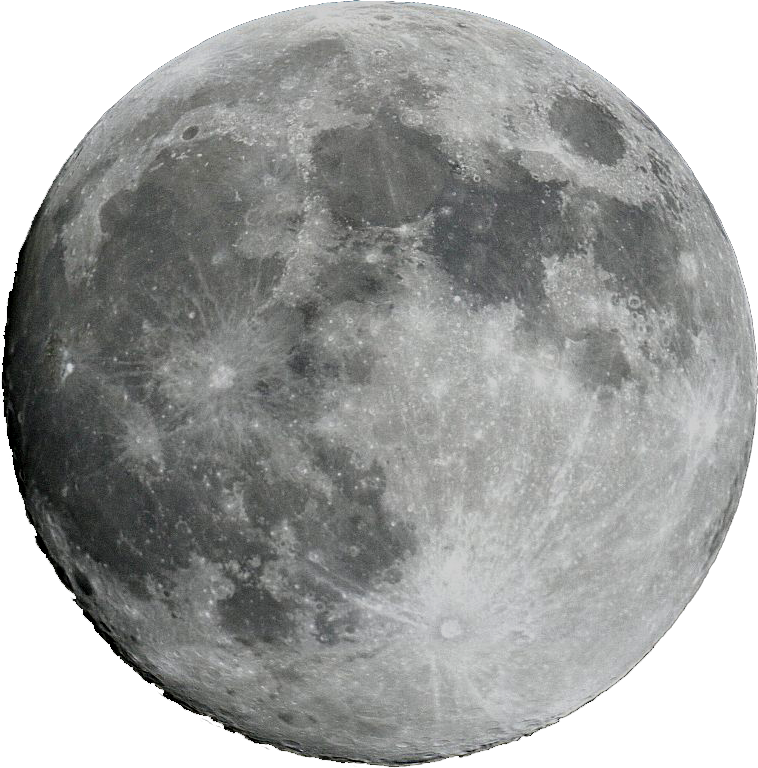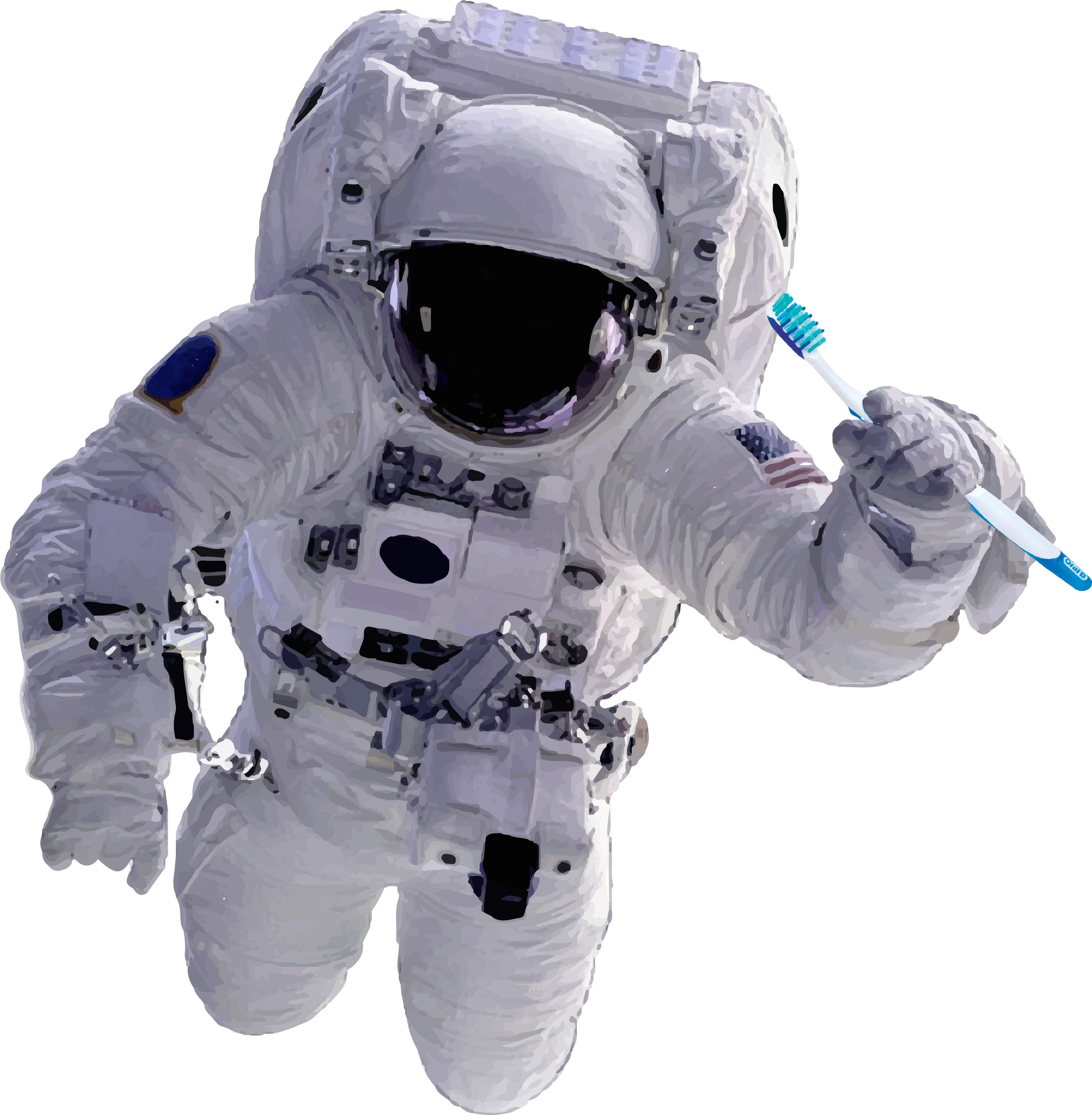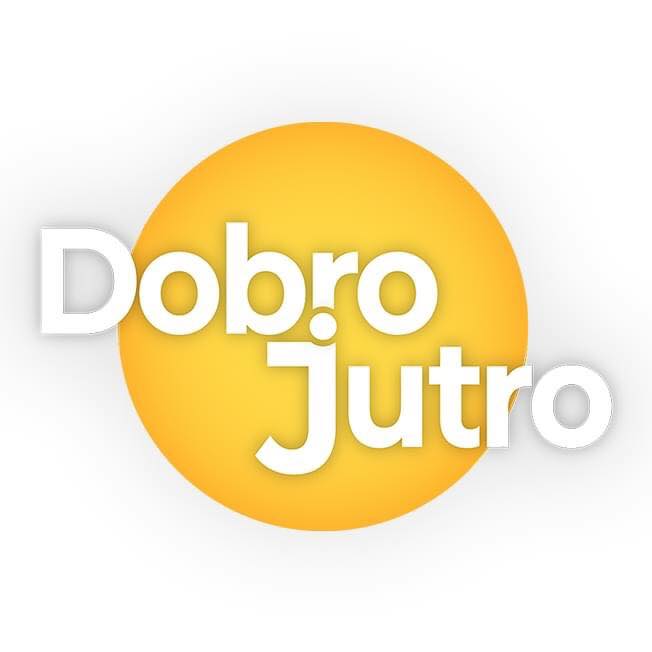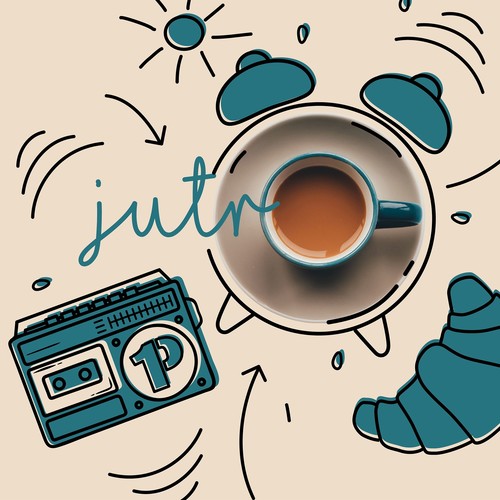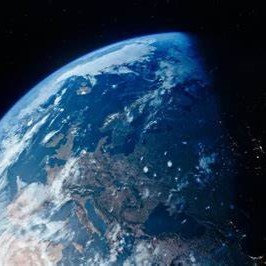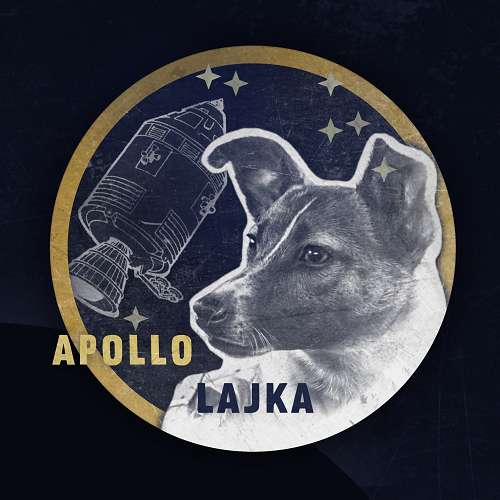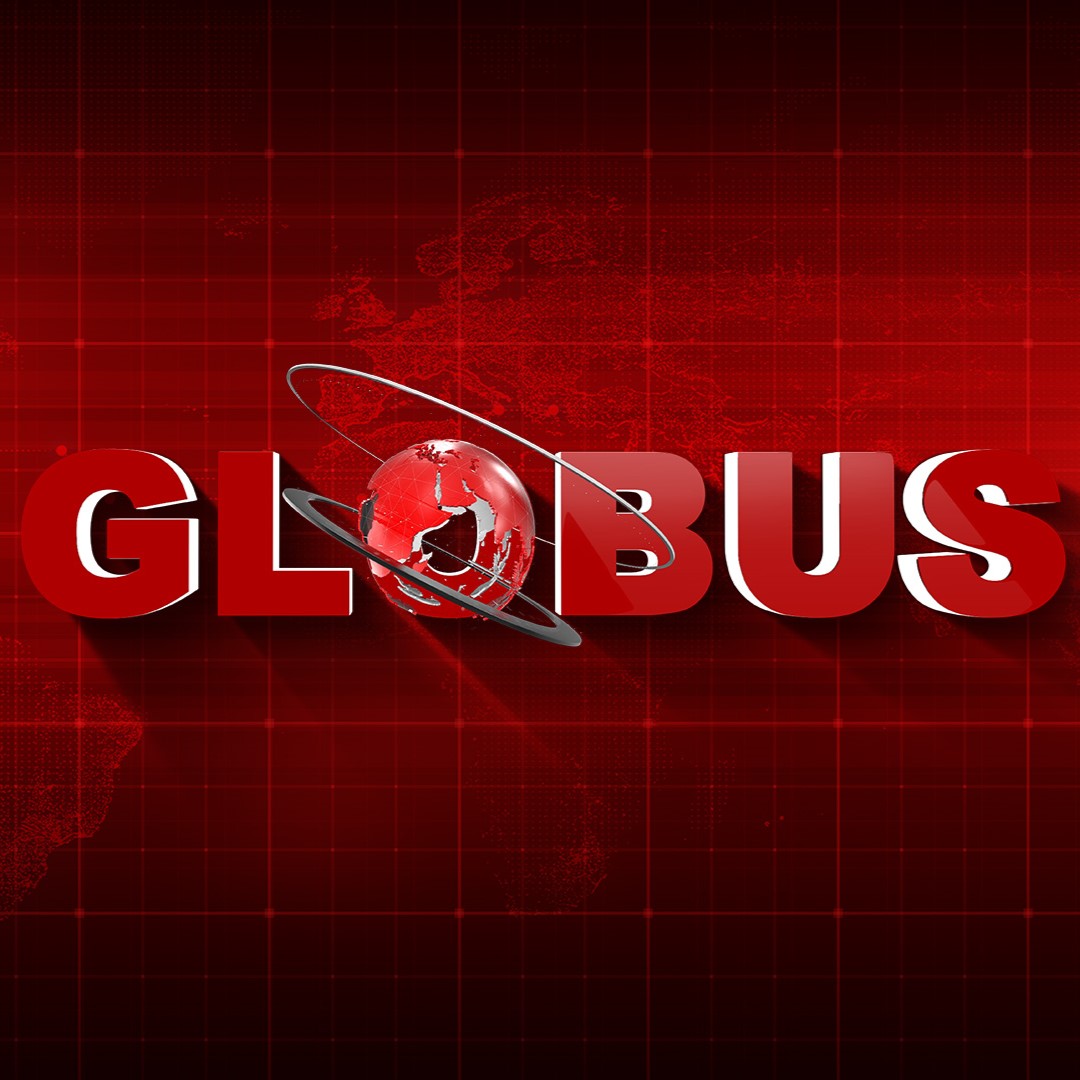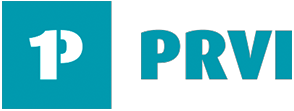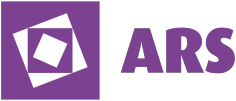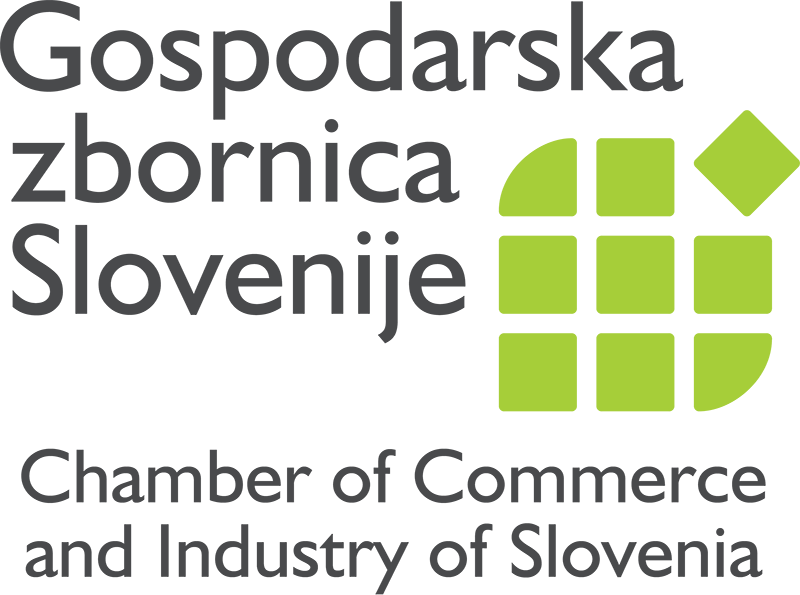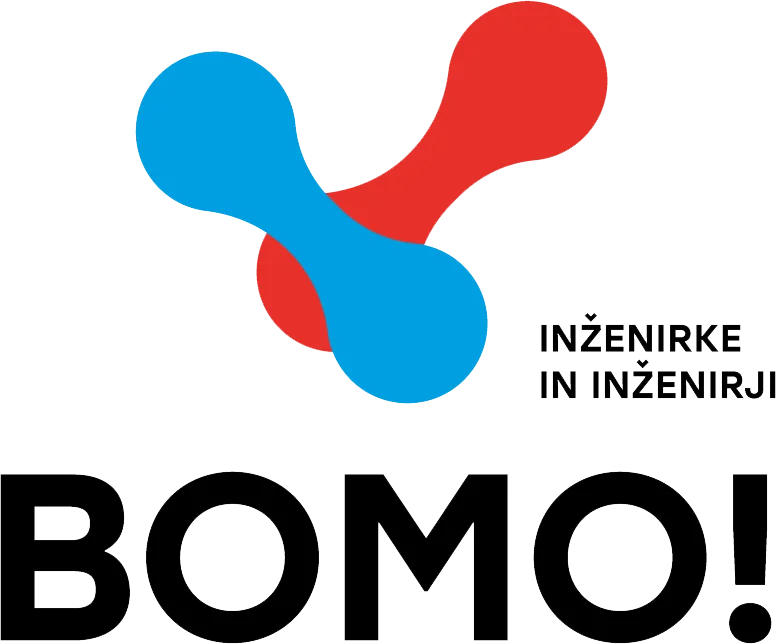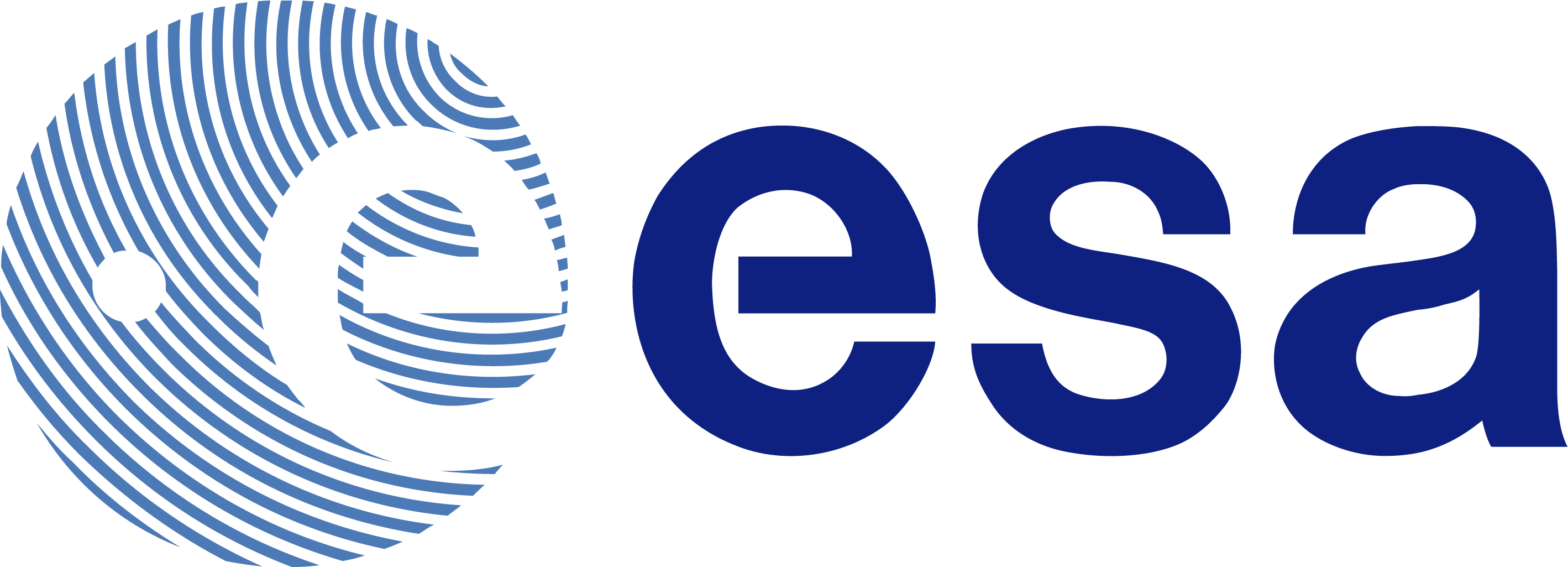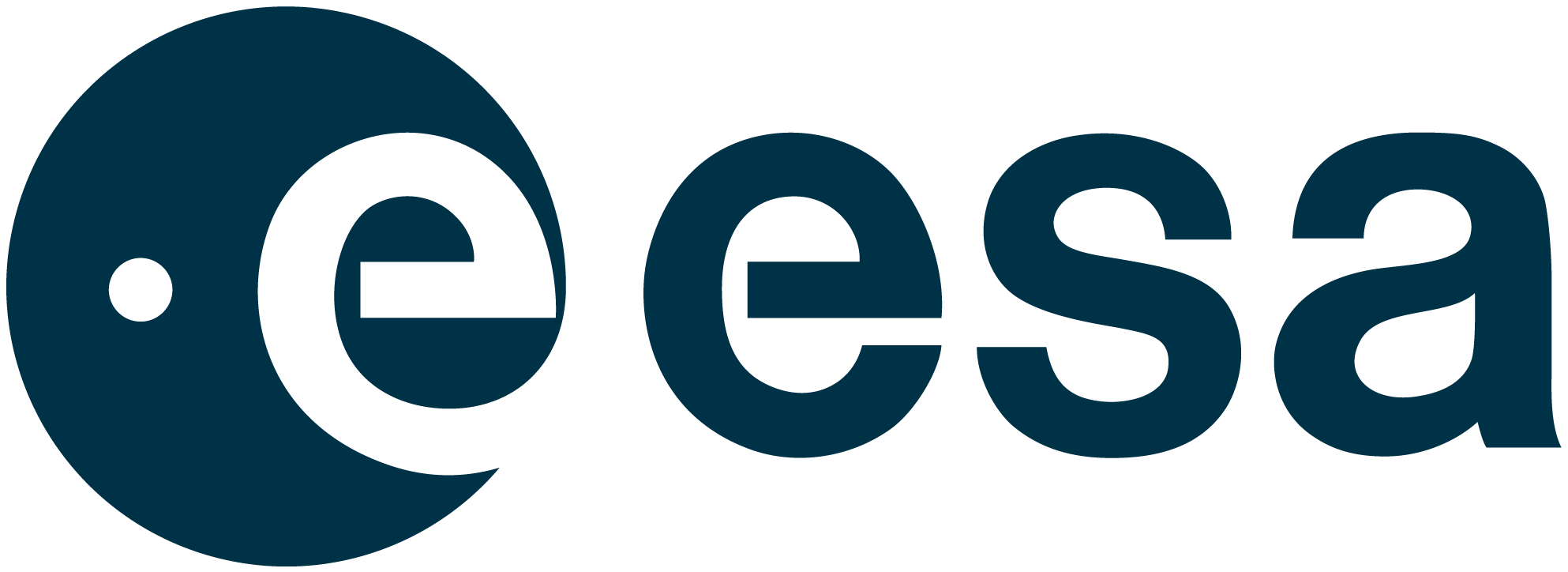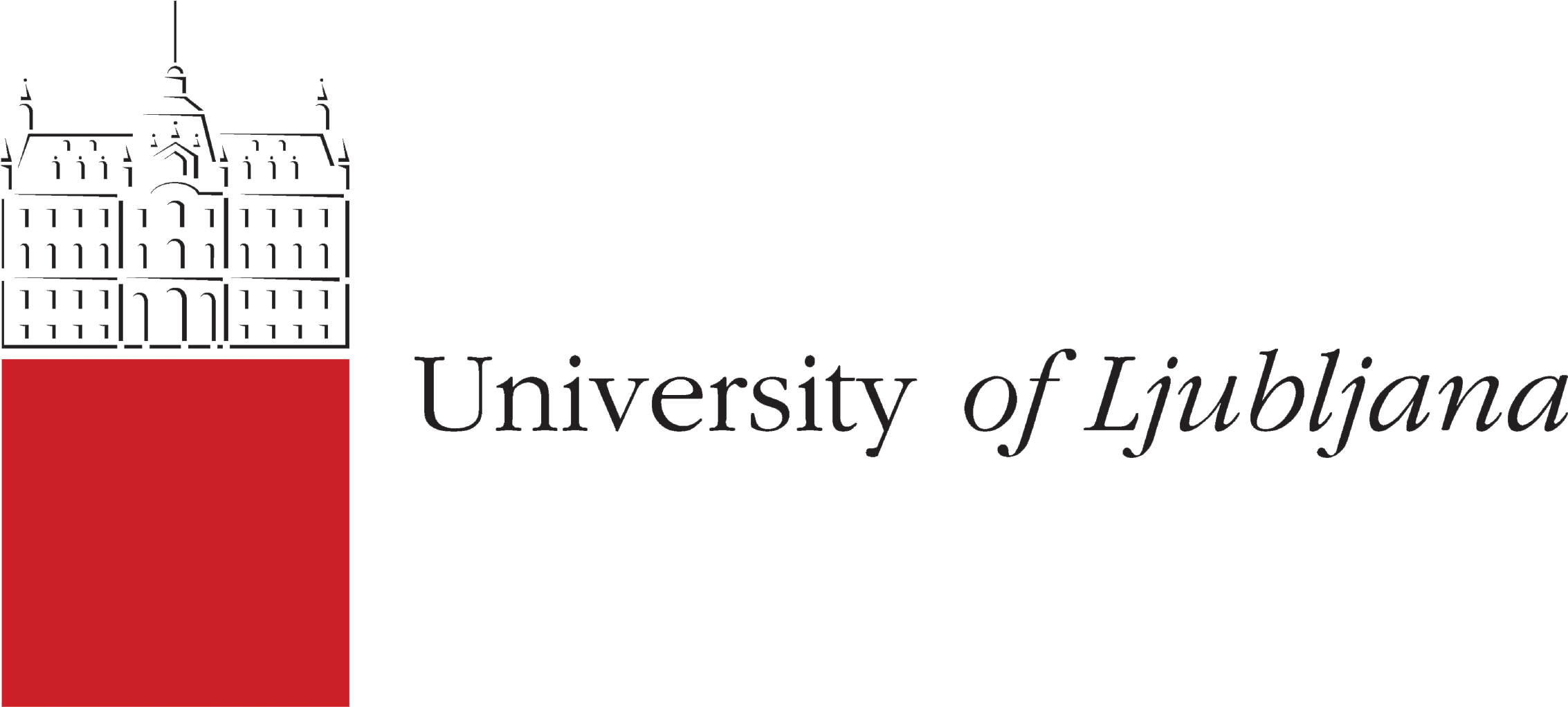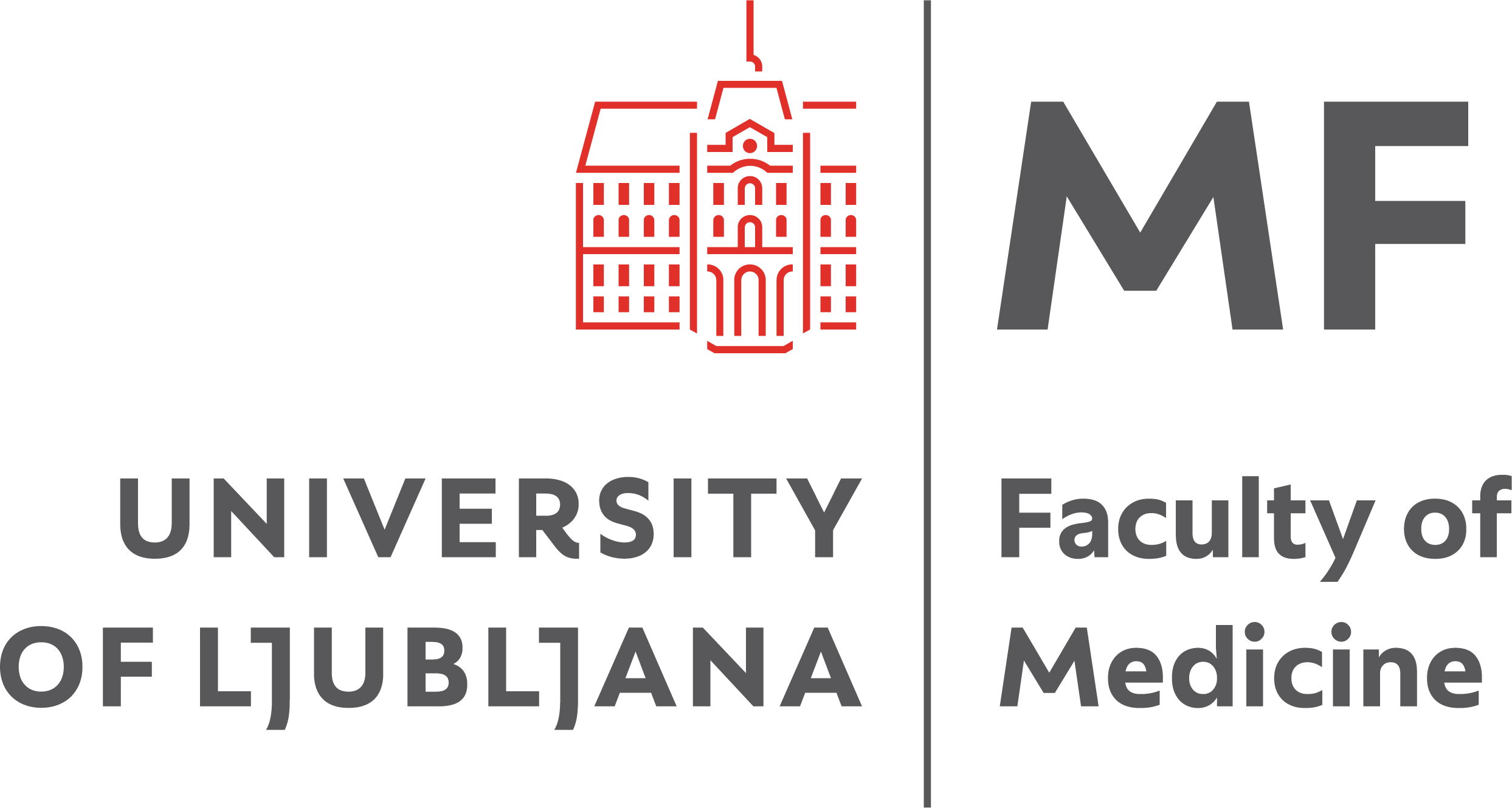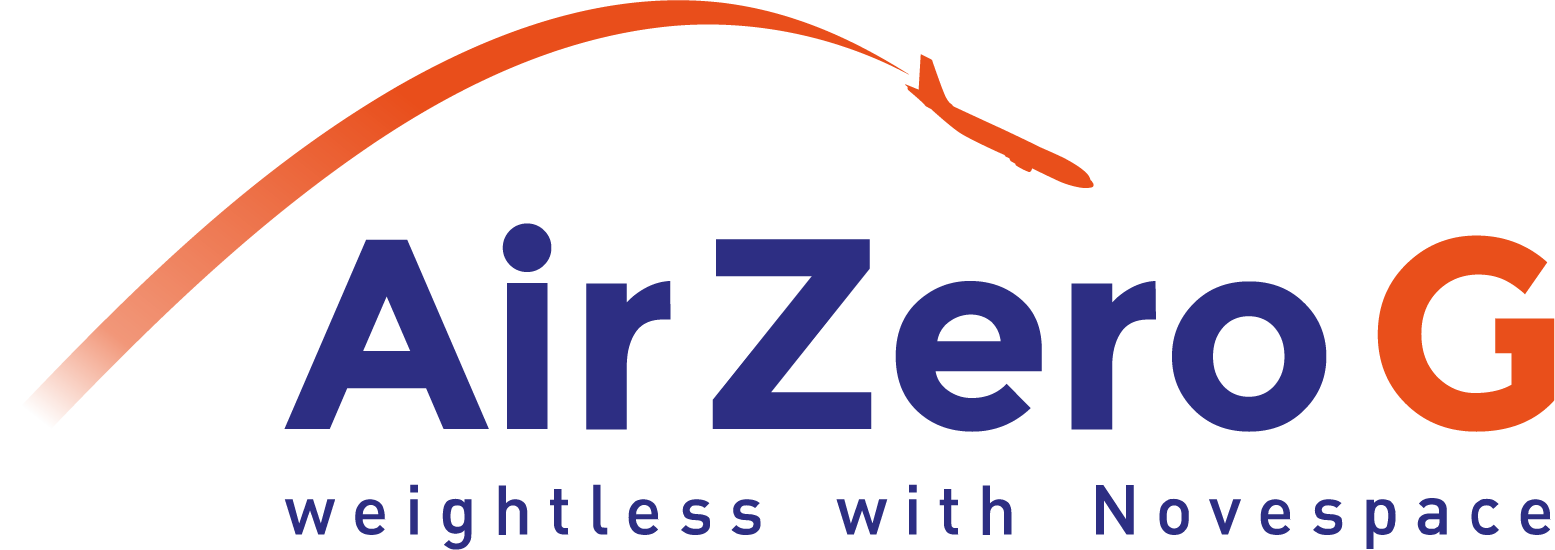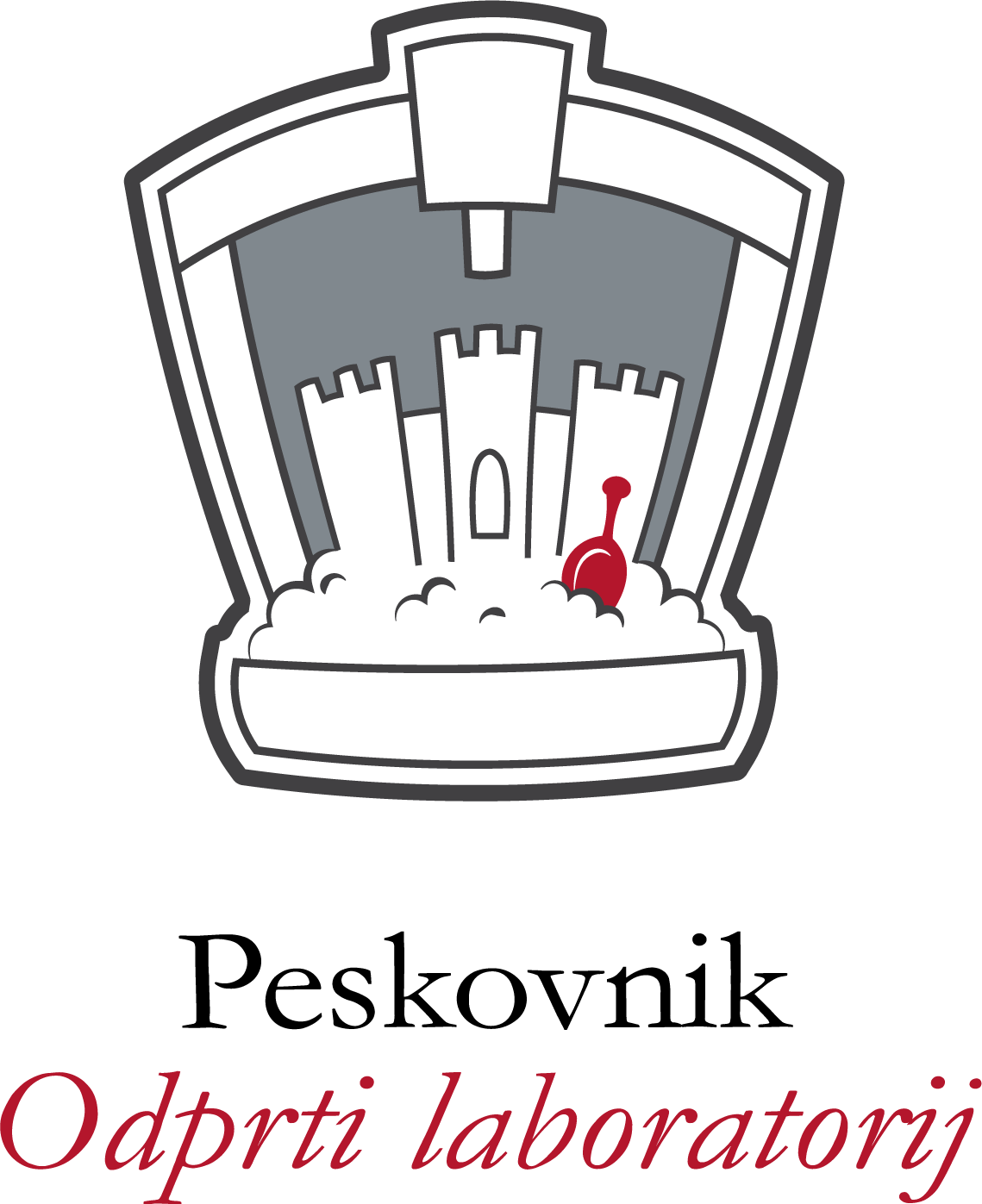Three, Two, One
MULTI-DISCIPLINARY COOPERATION
Dental Medicine
Dental Medicine students are going to perform the experiment in microgravity, analyse, and communicate the results.
MECHANICAL ENGINEERING
Mechanical Engineering students will build the experiment and make it ready for parabolic flight campaign.
ELECTRICAL ENGINEERING
Electrical Engineering students will make sure all systems are operational and experiment data is captured correctly.
WE WILL ENSURE THAT ASTRONAUTS GOING TO MOON AND MARS WILL RETURN WITH A HEALTHY SMILE ON THEIR FACE.
Project goals
SpaceDent's findings will serve as the basis for evaluation and optimization of dental procedures for reliable dental treatment in space.
Doctor - Patient Positions
To assess how micro-gravity environment influences doctor-patient position and optimize it.Dental drilling
To test if dental handpiece handling is controlled enough to provide safe caries treatment in space.Dental filling placement
To test if dental tools handling is controlled enough to allow accurate filling placement in space.Subjective experience
To compare subjective experience between dental procedures in microgravity and 1g environment.Protocols Adaptation
To make dental procedures easy for astronauts to handle.Tool Optimization
To assess how dental tools can be optimized for better safety, effectiveness and use.Dental medicine in space
Long-term missions to the Moon and Mars require 18-24 months of isolation and exposure to microgravity, which could have deleterious effects on human physiology, including oral health. Dental problems could risk the mission's success, with relevant associated economic and strategic costs. To mitigate this risk, development of dental equipment, adoption of specific preventive measures, and training the astronauts will be necessary.

